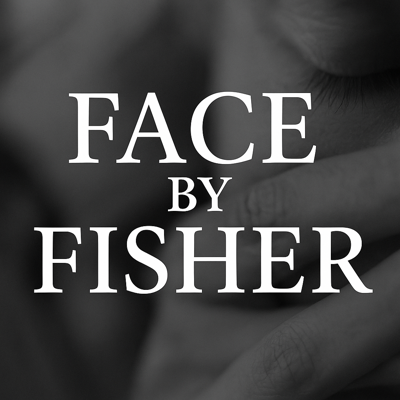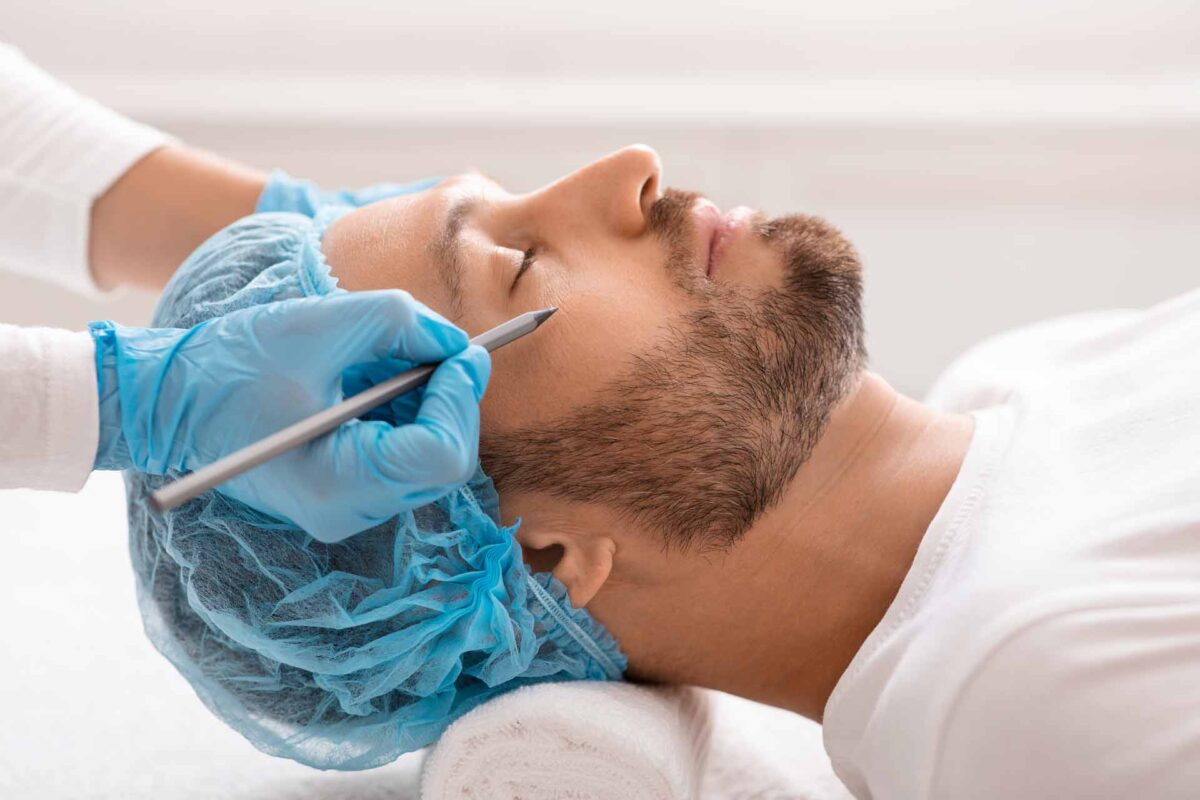Different reasons for pain behind the eyes
Feeling pain or pressure behind the eyes is usually accompanied by several other symptoms indicating the reason for the eye pain. In this blog, we’ll go over a few common reasons for experiencing pain behind the eyes.
Migraine
A migraine often causes pain behind the eyes. This is a result of buildup of intraocular pressure. Migraines will also cause pain in the head, sensitivity to light or sound, dizziness, nausea, and/or vomiting.
Tension headaches
Tension headaches, the most common type of headache, causes a feeling of pain or tightness around the forehead area, and this often extends to the eyes as well.
Sinusitis
Another very common cause of pain behind the eyes is sinusitis. The sinus cavities are located in close proximity to the eyes. There is a buildup of pressure experienced in the sinus cavities during sinusitis, caused by mucus in the sinus cavities. This feeling of aching and pressure can spread to areas adjacent to the sinus cavities, such as when someone with sinusitis has tooth pain. In the same way, the pressure and pain can spread to the eyes as well. This is not harmful to the eyes and will go away once the sinus infection clears.
Scleritis
Scleritis is inflammation of the sclera, the outer layer of the eye. This can result in pain behind the eyes, along with eye redness, light sensitivity, and pain while moving the eyes.
Eye strain
Overuse of computers or screens for long periods of time can cause eye strain, which leads to a feeling of pain behind the eyes. Vision problems such as nearsightedness and farsightedness
can also cause eye strain and pain behind the eyes, along with headaches. If you’ve been having vision issues along with your eye pain, getting your vision checked and new glasses or contact lenses should resolve the issue.
If you’re experiencing pain behind the eyes regularly, see your doctor. Be sure to note all symptoms experienced at or around the same time as your eye pain in order to help your doctor best determine the cause of your eye pain. Most causes can be resolved with help, such as medication or minor surgery for sinusitis or medication for migraines.





